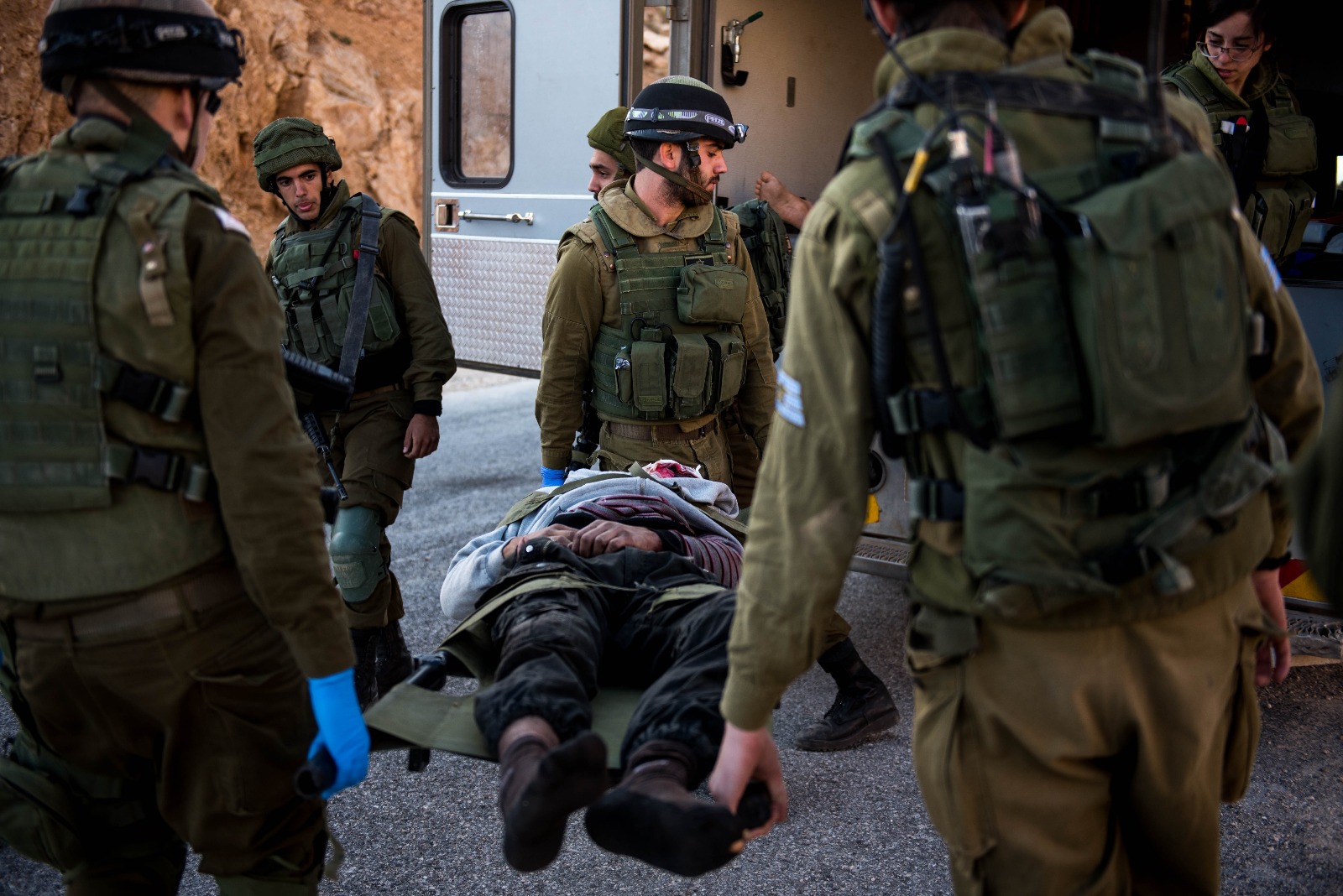Operation Good Neighbor
In 2013, an injured Syrian came to the border asking for medical help from the IDF. Back then, there was no policy, just a commander’s on-the-spot decision to provide care to an injured civilian. Since then, the aid continued on providing aid on a near-daily basis. In June 2016, as part of a decision to expand humanitarian aid efforts, the IDF Northern Command established the headquarters of Operation Good Neighbor.

The goal of Operation Good Neighbor was to provide humanitarian aid to as many people as possible while maintaining Israel’s policy of non-involvement in the conflict. The first activities coordinated by the headquarters took place in August 2016. Since then, there have been more than 110 aid operations of various kinds.
“Based on my 20-year medical career, I can truly say that the medical care we have provided to our neighbors here in the north of Israel is one of the most significant efforts to treat those in need that I have ever witnessed,” said Col. Dr. Noam Fink, the Chief Medical Officer of the Northern Command. “I deeply hope that our contribution will have a direct impact on the lives of our Syrian neighbors.”


The primary recipients of the aid are the approximately 200,000 residents of the Hauran region of southwestern Syria. About 400 families live in tents near the Israel-Syria border. The rest live in villages or out in the open. A third of the aid recipients are displaced persons or refugees and half of them are under the age of 18.
“The people of Syria want peace with Israel,” one of the aid recipients wrote from an Israeli hospital. “To any Syrians that think that Israel is our enemy – you are wrong.”
The IDF primarily provided 3 types of assistance as part of Operation Good Neighbor:
1. Medical – Over 4,000 people have been brought to Israel to receive treatment, including hundreds of children. The IDF also transfers medicine, supplies, and equipment to Syrians across the border. An internationally managed field hospital has also been established at an Israeli outpost near the border.
2. Infrastructure – 450,000 liters of fuel have been transferred for heating, operating water wells, and ovens in bakeries. The IDF also transferred seven generators, water pipes to rebuild Syrian infrastructure, and equipment for a temporary school in the region.
3. Civilian aid – The IDF transferred 40 tons of flour to bakeries, 225 tons of food, 12,000 packages of baby formula, 1,800 packages of diapers, 12 tons of shoes, and 55 tons of cold weather clothing.


The IDF provided aid to Syrians on the other side of the border for two primary reasons. Firstly, we have a moral imperative. We can’t stand by watching a severe humanitarian crisis without helping the innocent people stuck in the middle of the conflict. We also believe that the aid will ultimately create a less hostile environment across the border – and that will lead to improved Israeli security.

